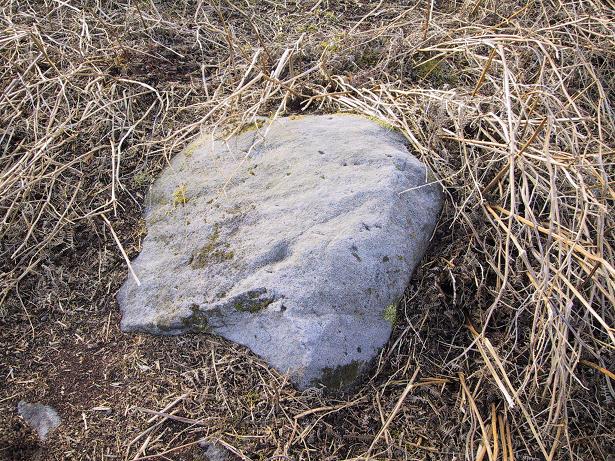Holy Well (destroyed): OS Grid Reference – TQ 4421 8484
Archaeology & History
Barely 200 yards to the immediate southeastern edge of the once gigantic hillfort of Uphall Camp, could once be found an old holy well, last recorded it would seem in 1456. The site was located just yards to the south of the old boundary that separates the parishes of Ilford and Dagenham. Its location was described in the Victoria County History:
“A mile south of Ilford Bridge the Roding is joined by Loxford Water, a stream rising near Hog Hill, in Dagenham, and known in its upper reaches as Seven Kings Water. In 1456 the lower part of the stream was called Halywellbrooke.”
We also have an account in the Barking Abbey Rental, which told us there was “land in Longland at Halywellbrooke”, as well as “pasture lying at the northern head of Luzias land…near Halywell and…at Loxfordbrigge.” (Harte 2008) It has long since been destroyed.
References:
- Harte, Jeremy, English Holy Wells – volume 2, Heart of Albion Press: Marlborough 2008.
- Powell, W.R. (ed.), A Victoria County History of Essex – volume 5, OUP: London 1966.
Links: Holy Well, Barking on The Megalithic Portal
The map could not be loaded. Please contact the site owner.
